London’s rich history has long been intertwined with the dynamic relationship between royalty and democracy. From the pivotal execution of King Charles I in 1649 to the iconic monuments that dot the cityscape, this symbiotic evolution has left an indelible mark on both British politics and global social movements. As we explore the captivating stories behind these landmarks, we’ll uncover how the struggle for power has shaped the very foundation of this remarkable city. Join us as we explore the captivating intersection of London’s royal past and its democratic future.
Good To Know
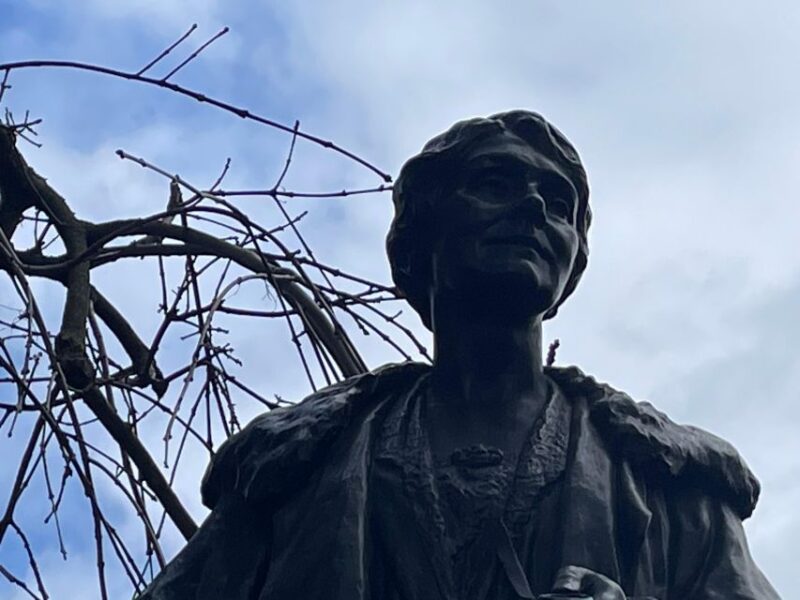
-
London played a pivotal role in the transition from monarchical rule to parliamentary democracy, as exemplified by the execution of King Charles I in 1649.
-
The execution of Charles I marked a significant shift in power from the monarchy to the Parliament, establishing the foundations for a representative government.
-
The historical events surrounding Charles I’s execution influenced notable figures like Winston Churchill and social movements such as the Suffragettes, shaping the course of British political history.
-
The Banqueting House, the last remnant of Whitehall Palace, serves as a poignant reminder of the dynamic between royalists and parliamentarians during this transformative period.
-
The tour explores the evolution of power from the divine right of kings to the sovereignty of the people, highlighting London’s role in the emergence of modern British democracy.
Overview of the Tour

The "Royalty and Democracy" tour provides participants with a 2-hour exploration of key historical sites and landmarks in central London.
Limited to just 8 people, the tour is led by a historian specializing in the era. Guests will meet at the Emmeline Pankhurst statue in Victoria Tower Gardens and embark on a journey through Parliament Square, Green Park, and the Banqueting House.
Along the way, they’ll dive into the pivotal events surrounding the execution of Charles I and the creation of modern British democracy.
Comfortable shoes are a must, as London’s unpredictable weather can bring four seasons in a day.
Cancellations up to 24 hours in advance earn a full refund.
You can also read our reviews of more tours and experiences in London.
Historical Context and Significance
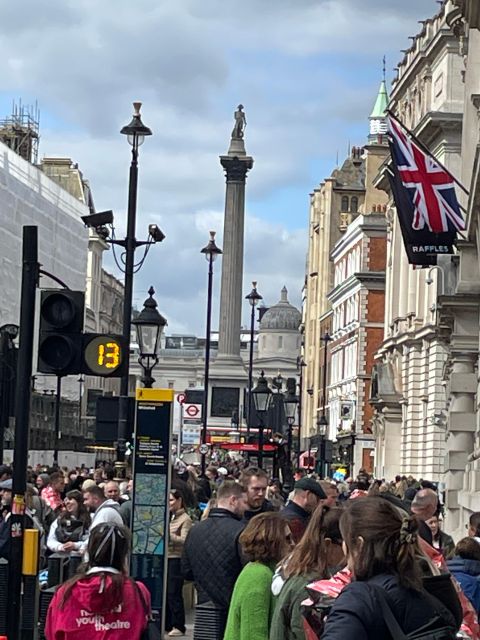
Executing the monarch King Charles I in 1649 marked a pivotal moment in British history, as it signaled the creation of modern democracy.
This act of regicide – the killing of a king ordained by God – was previously unthinkable. The impact was profound, shifting power from the monarchy to Parliament.
This event influenced historical icons like Winston Churchill and inspired social movements such as the Suffragettes.
The execution’s significance can’t be overstated, as it fundamentally transformed the British system of governance, establishing the foundations of a representative government that persist to this day.
Key Highlights of the Tour
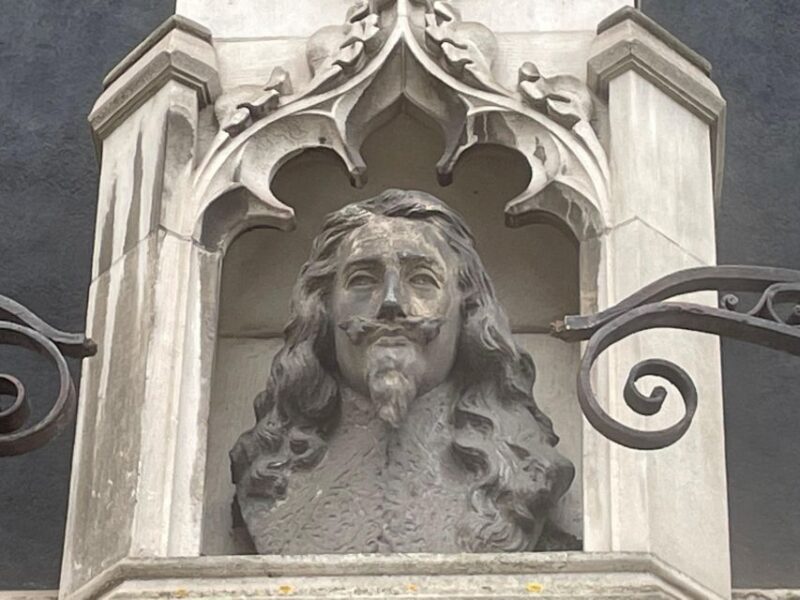
On the tour, you will explore a variety of historically significant sites in central London.
They’ll visit Parliament Square, where the execution of King Charles I took place in 1649, and Trafalgar Square, which has been the site of many political protests over the centuries.
The group will also see Admiralty Arch, once used by Winston Churchill during World War II, and the Banqueting House, the only remaining part of the original Whitehall Palace.
Throughout the tour, the guide will explore the themes of Royalists versus Parliamentarians and the evolution of power from monarchy to parliament, providing insights into how these events shaped the course of British democracy.
Westminster City Guide Terry Silvers
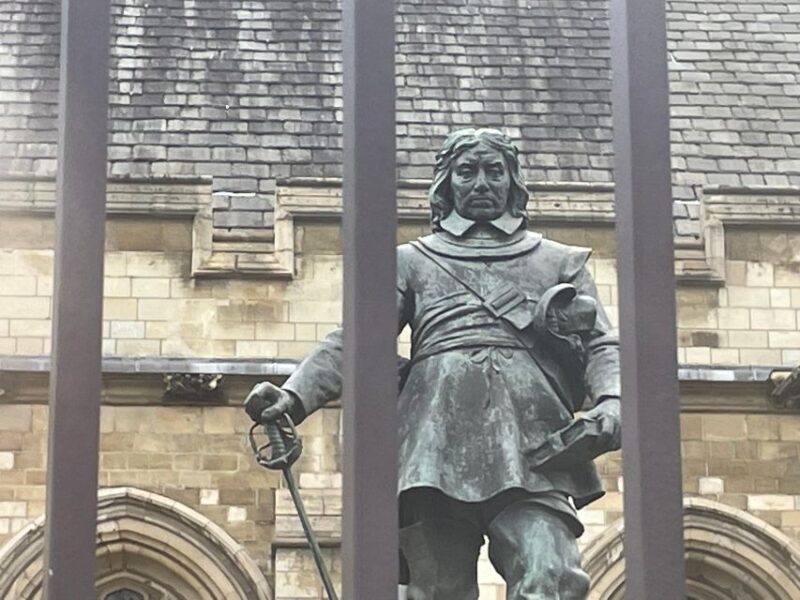
Westminster City Guide Terry Silvers, a qualified teacher and expert on British royal family history, leads the Royalty and Democracy tour.
Silvers has an MA degree and teaches a pre-University course on the Tudors and Stuarts. As a Westminster City Guide, he brings his deep knowledge and passion for this pivotal period in British history to life.
With his engaging storytelling, Silvers guides participants through key sites, examining the dynamic between royalists and parliamentarians.
His expertise allows him to share insights into how these events shaped the evolution of power, from absolute monarchy to modern democracy.
More Great Tours NearbySuitability and Preparation
The Royalty and Democracy tour isn’t suitable for everyone.
Children under 14 years and individuals with mobility impairments may find the experience challenging. Participants should come prepared for the tour’s requirements.
To ensure a comfortable experience, consider the following:
- Wear comfortable, sturdy shoes to navigate the tour’s various sites.
- Dress in layers to adapt to London’s unpredictable weather, which can change rapidly.
- Bring any necessary medications or mobility aids if required.
- Be aware that the tour may involve standing for extended periods and walking between locations.
Monarchical Rule to Parliamentary Democracy
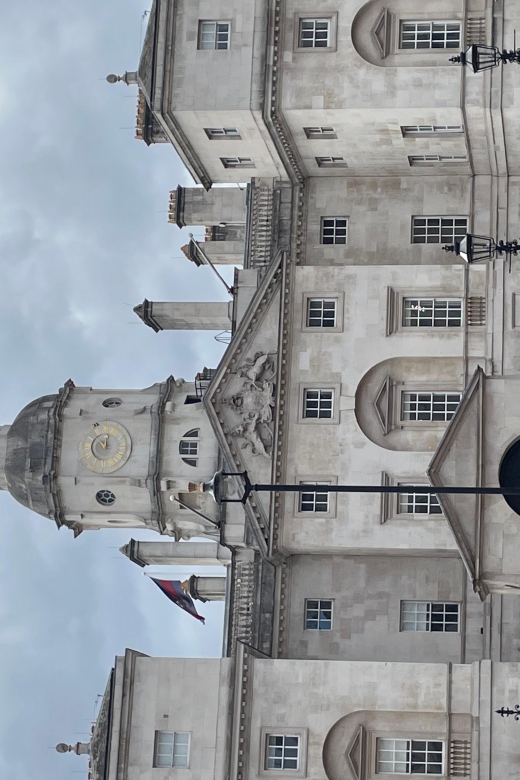
Although the execution of King Charles I in 1649 was seen as an unthinkable act of regicide at the time, it marked a pivotal moment in the creation of modern British democracy. This seismic event shifted the balance of power from the monarchy to Parliament, forever altering the country’s political landscape. The following table highlights key aspects of this transition:
| Monarchical Rule | Parliamentary Democracy |
|---|---|
| Divine right of kings | Sovereignty of the people |
| Absolute power | Checks and balances |
| Hereditary succession | Democratic elections |
| Royal prerogative | Separation of powers |
| Feudal system | Representative government |
This evolution from a system of monarchical rule to one of parliamentary democracy profoundly influenced iconic figures like Winston Churchill and movements such as the Suffragettes, demonstrating the far-reaching impact of this historical turning point.
Execution of Charles I in 1649
On the fateful day of January 30th, 1649, an unprecedented event unfolded in the heart of London. King Charles I of England was executed, marking a seismic shift in the nation’s political landscape.
The regicide, or the killing of a king ordained by God, was previously unthinkable. This dramatic event:
- Shattered the divine right of kings, a long-held belief in the monarchy’s absolute power.
- Paved the way for the creation of a modern British democracy, with power shifting from the crown to Parliament.
- Influenced historical figures and movements, including Winston Churchill and the Suffragettes.
- Continues to captivate historians and the public, as the execution’s impact resonates through the centuries.
Influence on Historical Figures and Movements
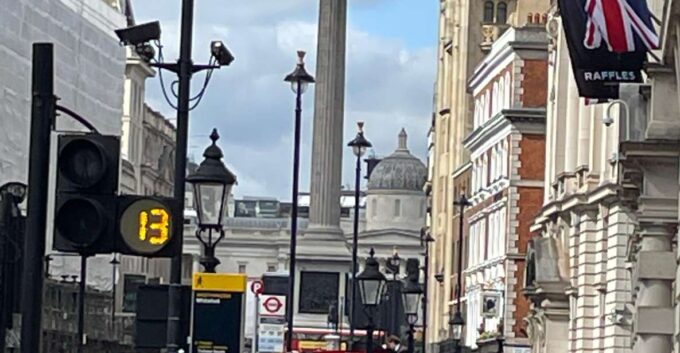
Notably, the execution of Charles I has continued to influence historical figures and social movements throughout the centuries.
Winston Churchill, for instance, drew parallels between the English Civil War and World War II, perceiving the conflict as a battle between monarchy and democracy.
Similarly, the Suffragettes, who fought for women’s right to vote, were inspired by the regicide, which challenged the divine right of kings.
This pivotal event in British history has thus left an indelible mark, shaping the ideas and actions of those who sought to reshape the country’s political landscape in the centuries that followed.
Frequently Asked Questions
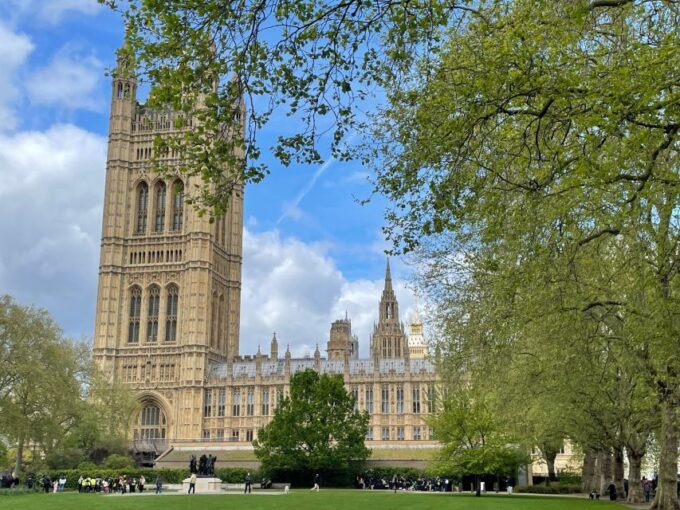
Is Photography Allowed During the Tour?
Participants are welcome to take photos during the tour. However, photography may be restricted at some sites for preservation and security reasons. The tour guide will provide guidance on appropriate photo-taking opportunities along the way.
What Type of Refreshments Are Provided During the Tour?
The tour does not include any complimentary refreshments. Participants are encouraged to bring their own water or snacks to enjoy during the 2-hour walking tour. There are no scheduled breaks for purchasing food or drinks along the way.
Is There a Dress Code for the Tour Participants?
The tour has a dress code – participants should prepare for changing weather conditions, as London often experiences four seasons in a day. Comfortable shoes are recommended to explore the sites.
Can the Tour Be Customized for Private Groups?
The tour can be customized for private groups. Participants can contact the tour provider to discuss any special requirements or requests for a personalized experience tailored to their group’s interests and needs.
Does the Tour Guide Speak Any Other Languages Besides English?
The tour guide, Terry Silvers, specializes in English history and only conducts the tour in English. There’s no information provided about the guide speaking any other languages besides English.
Sum Up
London’s royal and democratic legacy is woven into its fabric, from the execution of King Charles I to the Emmeline Pankhurst statue. This tour invites visitors to explore the city’s pivotal role in the transition from monarchical rule to parliamentary democracy, illuminating how the struggle for power has shaped Britain’s political and social landscape over the centuries.
You can check availability for your dates here:More Tour Reviews in London
Not for you? Here's more nearby things to do in London we have reviewed
- London: Historic Pub Walking Tour for Small Groups
- London: East End Instagrammable Street Art & Graffiti Tour
- London: Medieval Tales and Martyrs Walking Tour
- London: Cold War Tour
- Small Group Tower of London, Crown Jewels & White Tower Tour
- London: VIP Stonehenge Inner Circle and Windsor Day Trip
- From London: Stonehenge Tour with Return Transportation
- London: The Crystal Maze LIVE Experience Ticket
- London National Gallery Professional Tour
- London: Private travel vacation photoshoot -Romantic Special
- Eating London: Southwark & Bankside Food Tour
- London: Warner Bros. Studio Tour with Transfers
